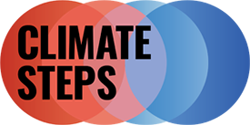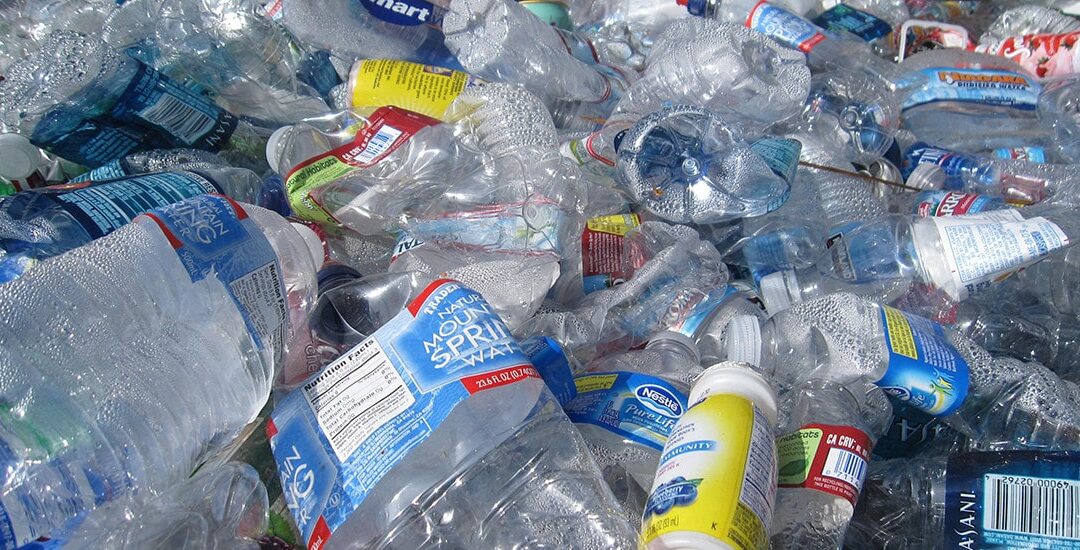Photo by Tanvi Sharma on Unsplash
Ease Rating: Medium
Carbon Emission Savings: 10 kg CO2e
5 - ~80% target progress (2,000+ kg CO2e)
4 - ~60% (1,000 - 2,000 kg CO2e)
3 - ~20% (500 - 1,000 kg CO2e)
2 - ~10% (100 - 500 kg CO2e)
1 - <10% (<100 kg CO2e)
0 - <1% (<30 kg CO2e)
No. of People Influenced Beyond You: 0.
Amount of Savings: $
Impacts: 💧 Preserve Water
Categories: Food
Description
It is no secret that our oceans and land are choking on waste, but what do we do about it? Start at the top and work your way down the list of offenders. Avoiding bottled beverages, which often come in plastic, is a good way to have an impact.
Single-use plastic drinking bottles are a massive contributor to global plastic pollution. The world produces one million plastic bottles every minute. If that was done in a sustainable, circular fashion, that would not be so bad, but unfortunately less than 20% of plastic ends up being recycled. Plus, it takes a lot of oil to create that plastic.
As if this was not enough of an issue, the energy required to bottle a beverage is up to 2,000 times the energy required to produce tap water. That energy typically comes from polluting sources. Water is probably available to you for free or very low cost and tends to be a healthier option.
Tips
• With some simple planning ahead, having a water bottle or coffee mug close by to fill up makes it easy to avoid a bottled option.• An excellent alternative for carbonated drinks is using a personal carbonator machine to make your own. They are easy to find and do a great job making a fresh beverage. They pay for themselves and you no longer need to lug around heavy drinks from the store.
• Another option for changing up your drink routine is to try dry drink mixes. In powder or liquid form, it saves quite a bit of wasteful packaging. Find a nice pitcher to fill up and have on hand when thirst strikes. It worked in the 80s! Oh Yeah!
• Will you be able to avoid bottled beverages all the time? Probably not, so simply do your best when you can. If you need to buy something on the fly, go for glass or paper packaging when possible. Larger sizes are also generally better than multi-single-serve packs.


